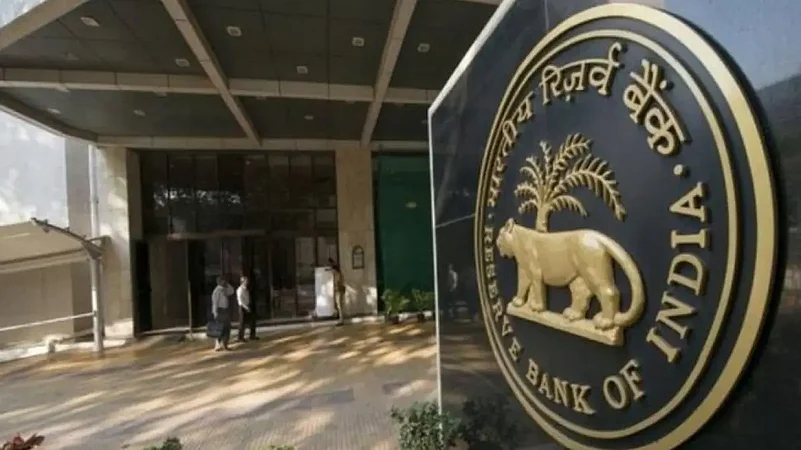The Reserve Bank of India (RBI) on April 3 announced 7.88 per cent interest rates on the government of India floating rate bond 2028 or GOI FRB 2028. The interest rate will be applicable for the half-year beginning April 4, 2023, and ending October 3, 2023.
The floating rate bond has a variable coupon payment, meaning the interest rate fluctuates based on the benchmark rate reset at regular intervals.
Simply, the interest rate of a floating rate bond keeps fluctuating throughout its tenure. The benchmark rate can be based on the repo rate, reverse repo rate, average Treasury bills or T-bills and savings scheme interest rates.
Advertisement
In the case of FRB 2028, it carries the base benchmark rate based on the average T-bill rate. So the bond’s base rate equals the weighted average yield of the last three auctions of 182 Day T-bills from April 4 plus a spread of 0.64 per cent. These short-term, zero-coupon debt instruments issued by the government are called T-bills. Since FRBs follow the T-Bill yields, it is vital to understand the performance and forecast of the 182-day T-bills.
Investing in GOI FRB 2028
According to data compiled by CEIC, the 182-day T-bill yield rose to 7.18 per cent in February 2023 from 6.86 per cent a month earlier. Amidst fears that liquidity will fall into deficit and uncertainty over interest rate hikes, yields on 91-day, 182-day, and 364-day T-bills have reached their highest in March since October 2018. “The Indian government is concerned about rising yields on Treasury bills and is taking appropriate measures to address the situation,” Reuters said, quoting an unnamed source.
Advertisement
Bonds are best bought when yields are expected to rise, but at present, yields appear to be at the top of the curve. Says Suresh Sadgopan, principal officer at Ladder7 Wealth Planners P. Ltd., “We are near the top of the rate cycle. Hence, it may be better to invest in bonds that offer a good yield and lock in the rates rather than a floating rate bond, which will come down once the cycle stabilises and starts moving down.”
Investment in floating-rate bonds does not provide any assurance of your future income stream since interest rates are adjusted at predetermined intervals. But these bonds are less volatile and super safe as no credit risk is involved.
Says Mukesh Gupta, a chartered accountant and certified financial planner: “GOI FRB 2028 is a floating-rate bond with a seven-year lock-in period. Inversion of the yield curve indicates that long-term rates are lower than short-term rates. The interest rate is expected to decline due to this.” In such a situation, a fixed-rate bond will be more appropriate because the yield will be locked in at the current rate, as opposed to a floating-rate bond, which can be revised downwards. Additionally, the coupon received is taxable according to the income tax slab. RBI floating rate bonds are not tradable, nor can be used as collaterals.
The RBI Retail Direct and the NSE GoBid platforms allow investing in government-issued bonds. Since the long-term capital gains tax (LTCG) benefits of investing in floater funds through mutual fund houses no longer exist, investors may consider purchasing these bonds directly. Before April 7, 2023, RBI is scheduled to issue securities with a maturity date of 10 years, worth Rs. 14,000 crore, and 30-year dated securities, worth Rs 11,000 crore.
Advertisement
The upcoming issuance of GOI securities can be found here https://www.rbi.org.in/Scripts/BS_PressReleaseDisplay.aspx?prid=55436)















 Just one email a week
Just one email a week